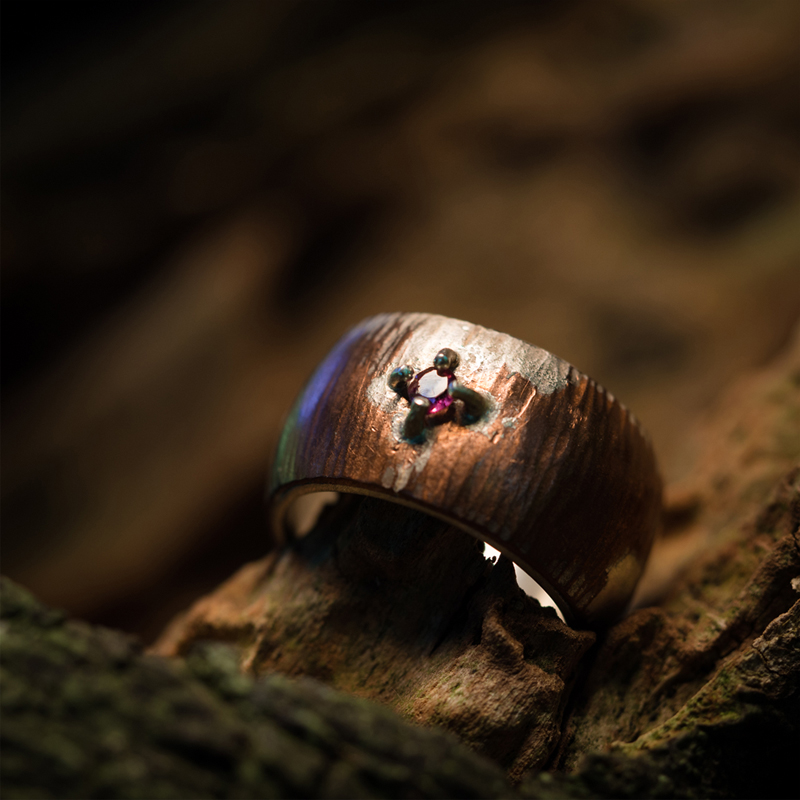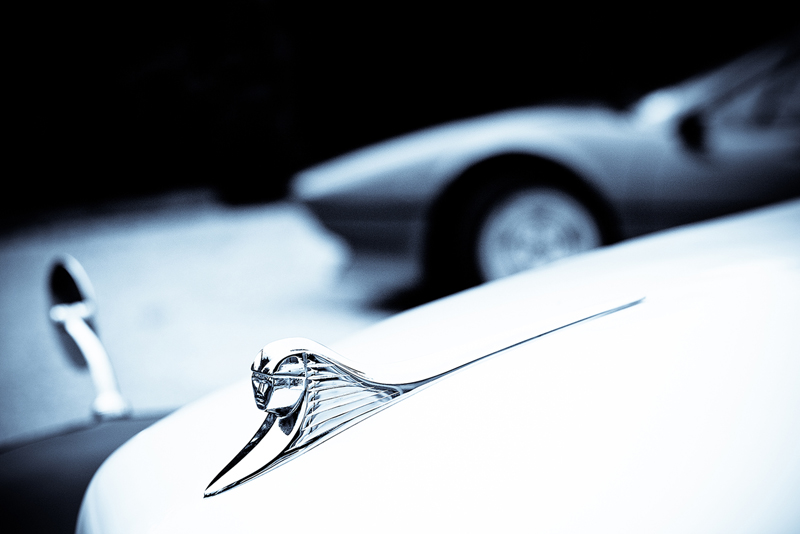Come On Down!
By
Bergit Barnett
Some of you may remember the CBS TV program of the same name where contestants had to guess the “price” of the objects shown. Some of the prices varied widely, and sometimes simple items had huge prices attached to them. So how do we go about setting our prices in our photography businesses? When we are mentoring and advising other photographers (and other businesses outside of photography) about building and promoting their brand, we always cover the dreaded subject of pricing. It doesn’t have to be daunting; we all have to look up and ask the prices of all sorts of things in everyday life.
Somehow, as photographers, some of us get into a real fix about how much to charge. People ask about their prices, naturally, and some photographers don’t know how to answer. They post in social media groups describing the job and asking other people what they should charge!
However, it doesn’t have to be this way. If we understand the economics behind our business then we are in a much better place to educate our clients. If you have your branding spot-on and you know the clients who want what you have to offer, then you don’t even need to do that.
People often ask “what did that cost?” When they really mean “how much money did you pay for that?” The COST of something isn’t necessarily reflected in the PRICE. Also, you must consider what the VALUE is in what you are offering. A luxury sports car costs roughly the same to produce as a mass-produced family car. That includes materials and everything that makes the car. The luxury model may have more expensive leather seats, and some hand-finished touches but the difference in costs will not be huge compared to the dealership prices which may be eye-wateringly enormous!
If you have a client who questions the price of your prints, or albums, or even your digital downloads, never forget that they are not paying for pieces of paper (the prints of their own images they can get down their local supermarket), but they are paying for “Time & Talent.” They are paying you to create the image for them but, in their head. they sometimes believe they are paying for the paper. The price of the paper for the print is XX, but the actual COST of knowing how to create the image that is printed is far more. That’s the bit to be considered when deciding the price of the print.

What is the value of the finished image? It shouldn’t be the price of the paper + a “mark up.” It should reflect the value of the finished product and everything it entails, and everything it will do. Maybe it is for creating beautiful memories, it may be used for selling something and that is where the value comes in. I like to use the phrase of “Time & Talent” when explaining our prices, but it can come across as being big-headed, so use it with caution!
We’ve been lucky enough to photograph a number of celebrity TV chefs, and I never lose sight of why their one piece of chicken or fish is priced at $50, when the actual cost of said fish is only a few dollars. That’s not what the customers in the Michelin starred restaurants are paying for. It’s the time, the talent, the experience that they give to the client and the VALUE that comes with that. That’s something we should never lose sight of as a photographer. That’s why we should set our prices accordingly.
This artisan jewelry maker came to us for something different from the plain white background images she had been taking herself in a lightbox. As a result of her images showing she really valued her craft, her prices and her sales rose exponentially!
Spreadsheets are your friend! – It’s important to consider all of your business expenses when setting your prices. This includes not only your equipment and travel costs, but also your time spent on editing, marketing, and other administrative tasks. What’s the cost of your website and domain? What is the price of your business insurance (Public Liability and Professional Indemnity all should be included)? You should factor in a fair hourly rate for your time and make sure your prices reflect the cost of doing business. Do you really want to be cheaper than your competitors just to get in the business then end up frazzled working seven days a week?
We all know of someone with a camera who will regularly try and poach clients and quote a few dollars less than our hourly rate just so that they can try and pull people away from us. It’s happened to us! Therefore, we changed our strategy into quoting a price for the whole job that factored in all our costs as well as the VALUE we brought to the clients. That “tog” did us a great favour! If you can offer an unforgettable wedding experience with images to match, a beautiful album, or commercial images that will set a business apart from it’s competitors and establish its brand as a name synonymous with quality, or service, or style, or anything that speaks directly to the heart of soul of its customers, then the monetary figure you put on something becomes less important.
The easiest way to illustrate this is with the “Price v Desire” graph (next page). In its simplest form, people start with thinking about prices. That’s nearly always the first sentence in an email or phone call. If you do it correctly and show your potential clients the VALUE of what you can do, then eventually the desire to use you as their photographer will outweigh the price factor. Once they have fallen in love with the whole idea of having you as their photographer the price becomes an irrelevance and they will find a way to afford you. This happens quite often with wedding photographers where a couple will adjust their budget and cut back on other things just so that they can secure the photographer of their choice.
 The Value Proposition – In the good old days of vinyl music sales we bought discs of plastic. However, what we were really buying was the music contained in the grooves, and the way it made us feel, and the memories it held for us. It was far more than the record. However, these days there are complaints from music artists saying they should charge more for downloads or streams of their music. This is where the big “but” comes in: people who download or stream do not place the same attachment to this ephemeral way of accessing music. It feels cheaper and easier and more disposable.
The Value Proposition – In the good old days of vinyl music sales we bought discs of plastic. However, what we were really buying was the music contained in the grooves, and the way it made us feel, and the memories it held for us. It was far more than the record. However, these days there are complaints from music artists saying they should charge more for downloads or streams of their music. This is where the big “but” comes in: people who download or stream do not place the same attachment to this ephemeral way of accessing music. It feels cheaper and easier and more disposable.
I remember saving my money from working in my Dad’s photographic studio and darkroom and spending my money on vinyl. An album cover with beautiful photography and artwork was something special to be treasured. Even better was a gatefold album, maybe with a poster or lyrics sheet slipped inside. It would only cost a few cents more to produce, but the excitement was immeasurable, and therein lay the value.
If you can offer this extra value to your clients then you will be operating in a different area where price is not the dominant factor. This is exactly why we are seeing such a resurgence in vinyl sales the purchaser sees far greater value in what they receive, and that justifies a higher price than a simple mp3 download.

Start Low and Get High? – Starting with really low prices to get you established with the aim of ending up high is a really bad idea! Here’s why: You can get yourself established quite quickly this way, but you need to realise that you will be established for offering cheap photographs. Customers will come to you because you are cheap. Word of mouth will recommend you for your prices. Remember, referrals go out sideways. Then, when you increase your prices to what you really want to charge, you will find that people will cough, splutter, mutter obscenities about extortionate prices and you will be left in a wasteland. You can alienate clients at both ends. Your enquiries can dry up, and you surely won’t suddenly get new enquiries because you are somehow expensive overnight.
The Dollar Store that suddenly charges Macy’s prices is surely doomed. Its existing customers will go to other discount stores, and the customers that loyally stick to their favourite department store won’t give it a second look, even if it has raised its prices.
Discounts? – Again – it’s a big NO! It’s important to have a clear pricing strategy in mind when setting your prices. Offering huge discounts or setting prices too high and then offering discounts later can actually make you look less professional and lower the perceived value of your work. There’s something that smacks of sad desperation by offering big discounts. It looks like you have ideas above your station, can’t get the customers and are therefore realising your shortfalls and failings by reducing your prices. We all know that the furniture companies aren’t really offering a $20,000 couch for $200, but we go along with it, and they never believe their furniture is really worth that much in the first place. When people want a $20,000 piece of furniture they will buy one at that price, and the quality will probably reflect what they paid.

Maybe you want to build your brand and reputation as being the photographer that offers luxury Million Dollar portraits for a few bucks. Good luck with that, but that would take some guts in marketing and promotion, and if you are serious about running a profitable photography business then probably not recommended!
Instead, consider offering packages or tiered pricing options that offer a range of services at different price points. This can give clients more options while still ensuring that they understand the value of your work.

The Lipstick Effect – In times of inflation and a cost-of-living crisis such as we have now, people will naturally cut back on expenses. This is where we see a very interesting phenomenon that finds its roots in the economic hardships faced during the Great Depression of the 1930s. At a time when the economy was in shambles, cosmetic sales, particularly lipstick, surprisingly experienced a surge. This phenomenon caught the attention of analysts who observed that consumers sought inexpensive luxuries to uplift their spirits amidst financial adversity. Despite their limited disposable income, individuals continued to invest in small indulgences, such as beauty products, to maintain a sense of normality and boost their psychological well-being.
People may have less to spend, and you may have to adjust your photographic offering accordingly. Don’t just cut prices, but maybe consider your base costs and adjust those that offer a greater value in what you do something that needn’t cost you more but will be valued by your clients. That way you can mitigate the drift away to cut-price wannabees.
In general, it’s best to set fair, consistent prices that reflect the value of your work and business expenses. It goes without saying that training and qualifications will help. A Michelin starred chef can justify higher prices, and qualifications with professional photography organisations can certainly help.
Finding your niche is also extremely important. Having something that is desired and in short-supply will always command premium prices. Knowing the demographic of the people who want what you offer is vital. I don’t believe that you choose your clients and then sell to them. It’s hard work. Think of the people who want what you have to offer. Always put your client at the centre of everything you do. What do THEY want? Do not decide what clients you want and then go after them! Let them come to you, but make sure you are visible to them. Whatever genre of photography you work in, finding your niche can make all the difference.
Avoid setting prices too high or too low, and be transparent about what clients can expect to receive for their investment. By staying true to your goals and your brand, you can attract the right clients and build a successful photography business.
 Bergit Barnett grew up in East Germany behind the Berlin Wall but after the collapse of Communism she moved to West Germany to study International Business & Economics in which she achieved a Master’s Degree skills she uses today to analyse what her clients really need within their businesses, and providing inspirational and creative solutions to grow the businesses. She and her husband, Adrian, are also mentoring photographers to build a sustainable profitable business in the photography genre they love.
Bergit Barnett grew up in East Germany behind the Berlin Wall but after the collapse of Communism she moved to West Germany to study International Business & Economics in which she achieved a Master’s Degree skills she uses today to analyse what her clients really need within their businesses, and providing inspirational and creative solutions to grow the businesses. She and her husband, Adrian, are also mentoring photographers to build a sustainable profitable business in the photography genre they love.








